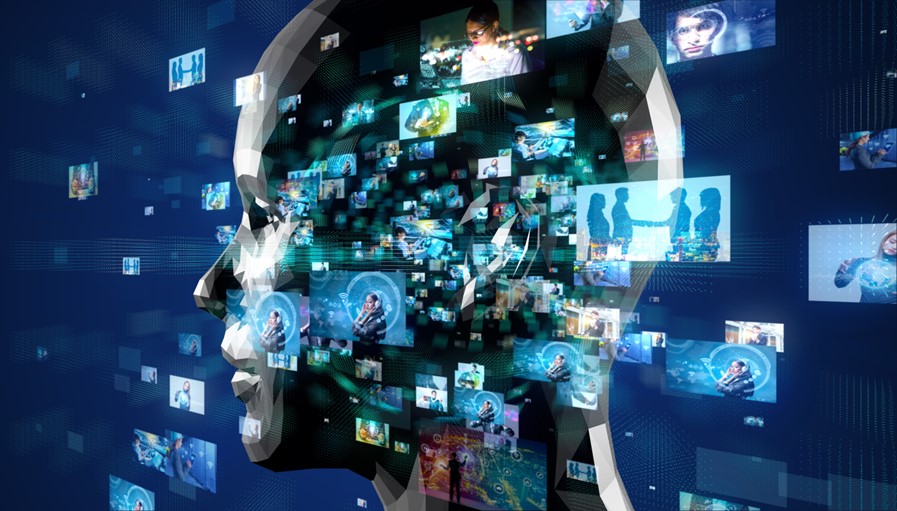
Unlock Next-Level Content with AI
Unlock Next-Level Content with AI
The role of AI in content creation is more significant than ever, and, likely, you’ve already encountered articles or copy generated by artificial intelligence without even realizing it. The growing influence of AI isn’t isolated to just content; it’s a transformative force across multiple industries.
As businesses increasingly understand the importance of attracting organic traffic and engaging their customer base, the demand for original, high-quality content is rising. The upside is that technology, remarkably, AI is poised to meet this growing need more efficiently than traditional methods.
So, whether you’re crafting articles, social media posts, or any other form of content, AI can streamline your creative process. Utilizing AI can save you considerable time and significantly reduce the financial investment needed to hire specialized writers.
Why is this important for you? Leaning on AI tools for content creation allows you to focus more on strategy and less on the manual labor of writing, thereby giving you an edge in today’s competitive landscape. By understanding how to integrate AI into your content generation process effectively, you can fulfill the ever-increasing content requirements without sacrificing quality.
The Role of Human Creativity
The notion that artificial intelligence might eventually overshadow human writers has indeed been a point of concern. While it’s easy to marvel at the technological prowess of AI, particularly its ability to sort through enormous datasets and generate text, one has to remember that it still lacks several crucial human attributes. Imagination, emotional resonance, and a deep understanding of cultural nuance are uniquely human traits. These are the elements that allow human writers to craft content that informs and deeply connects with the audience.
The Limitations of AI
AI is powerful but confined by its very nature. For example, while it can sift through millions of articles and web pages to collect data or verify facts, it cannot intuitively understand the subtleties of human experience, emotion, or cultural context. Imagine trying to program a machine to write humor or create a piece of fiction that truly captures the human condition. These tasks involve a level of creativity and a nuanced understanding of human psychology that AI cannot replicate.
Collaboration, Not Competition
In recognizing the respective strengths and weaknesses of both AI and human creativity, the wisest course of action is to combine their capabilities. AI serves as an invaluable ally, handling the labor-intensive, analytical tasks in content creation like data collection and preliminary drafting. This collaboration allows human writers to devote their energies to the creative and emotionally resonant elements, enriching the final content.
The value here for you, particularly if you are involved in content creation or strategy, is multi-layered. Understanding the interplay between AI capabilities and human creativity allows you to optimize your content production process. You can deploy AI for time-consuming tasks requiring brute computational power and reserve the human touch for elements that require emotional intelligence and creative flair. This dual approach maximizes efficiency without sacrificing the quality that only human input can provide.
By recognizing AI as a powerful tool rather than a threat, you’re better positioned to create content that is not only efficient but also profoundly engaging for your audience.
AI writers like ChatGPT utilize natural language processing (NLP), which is a branch of artificial intelligence that focuses on enabling computers to understand, interpret, and respond to human language. This is far more than just a keyword-based search; it’s an intricate process that mimics human cognition to some extent.
- All Important Trust – Win it or Lose it. - July 3, 2024
- (no-name) - July 1, 2024
- AI Lackers and Slackers - June 23, 2024





